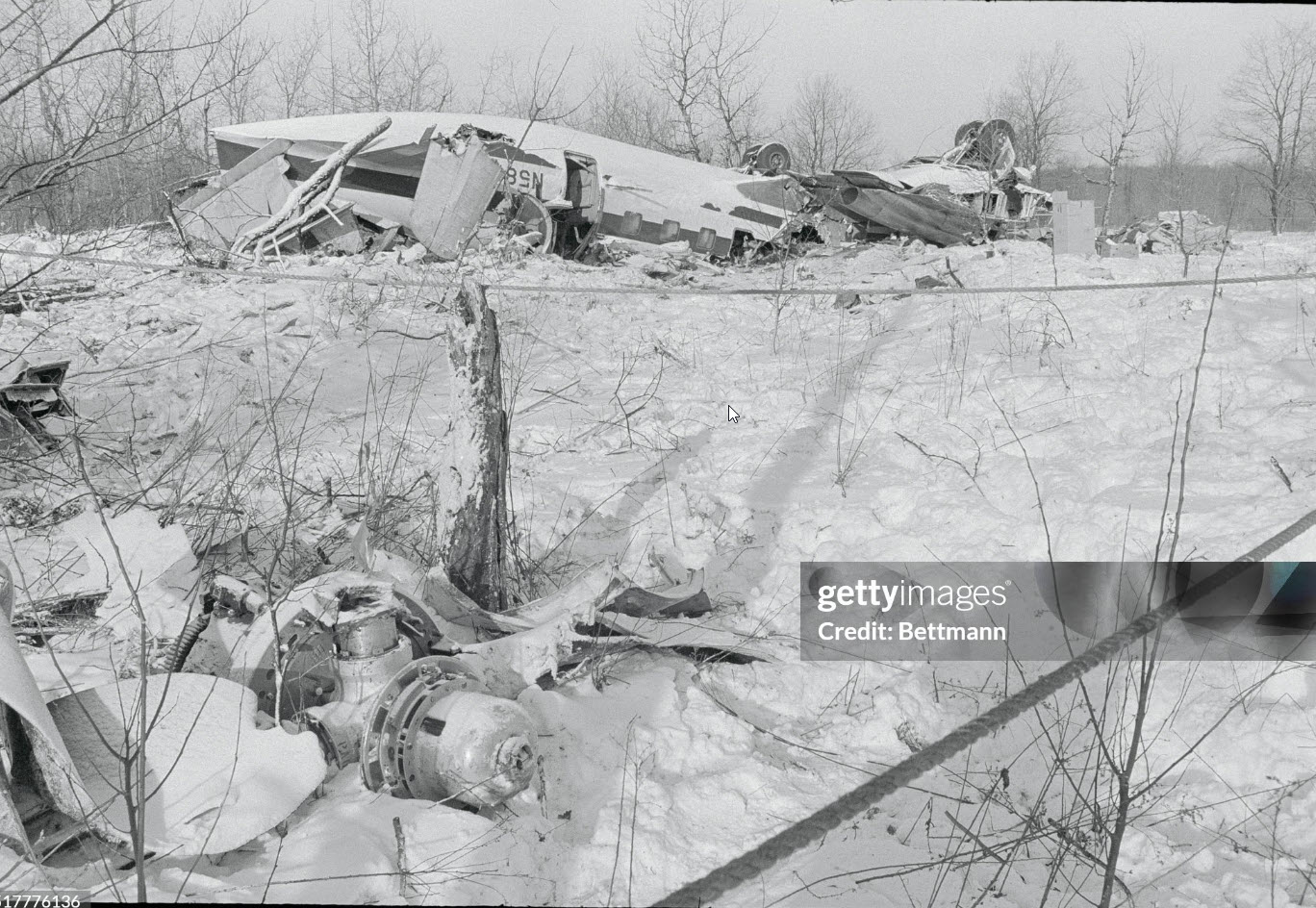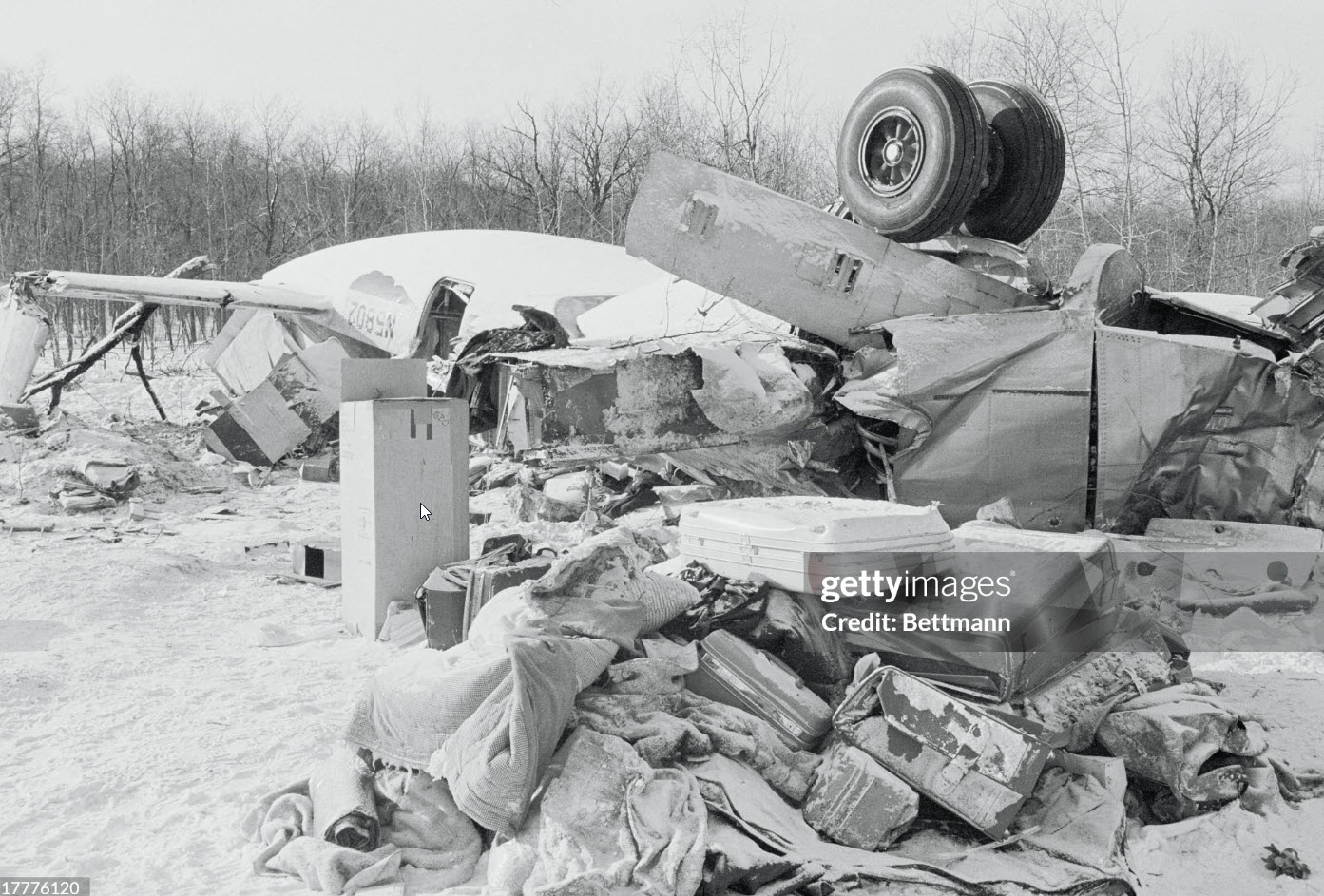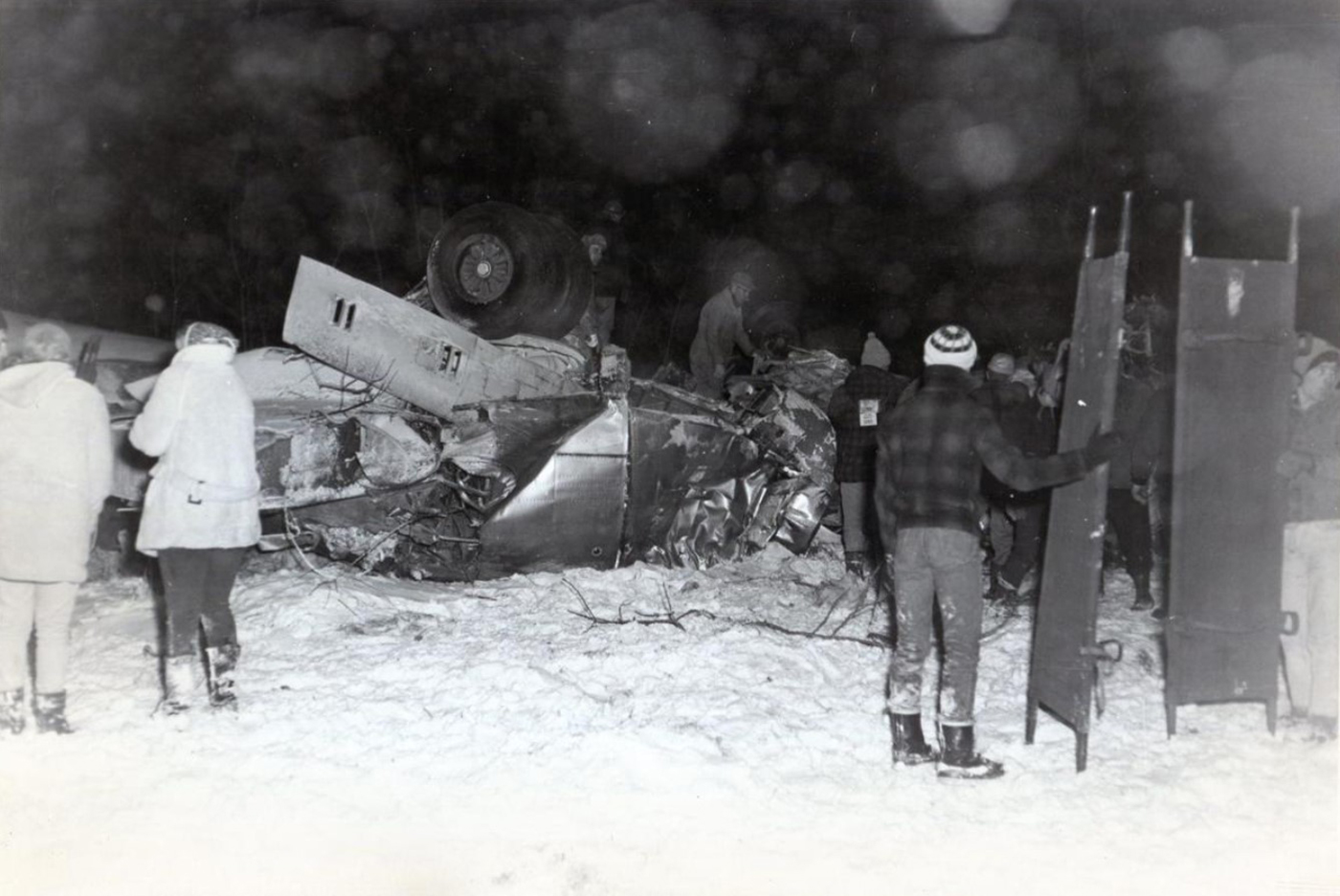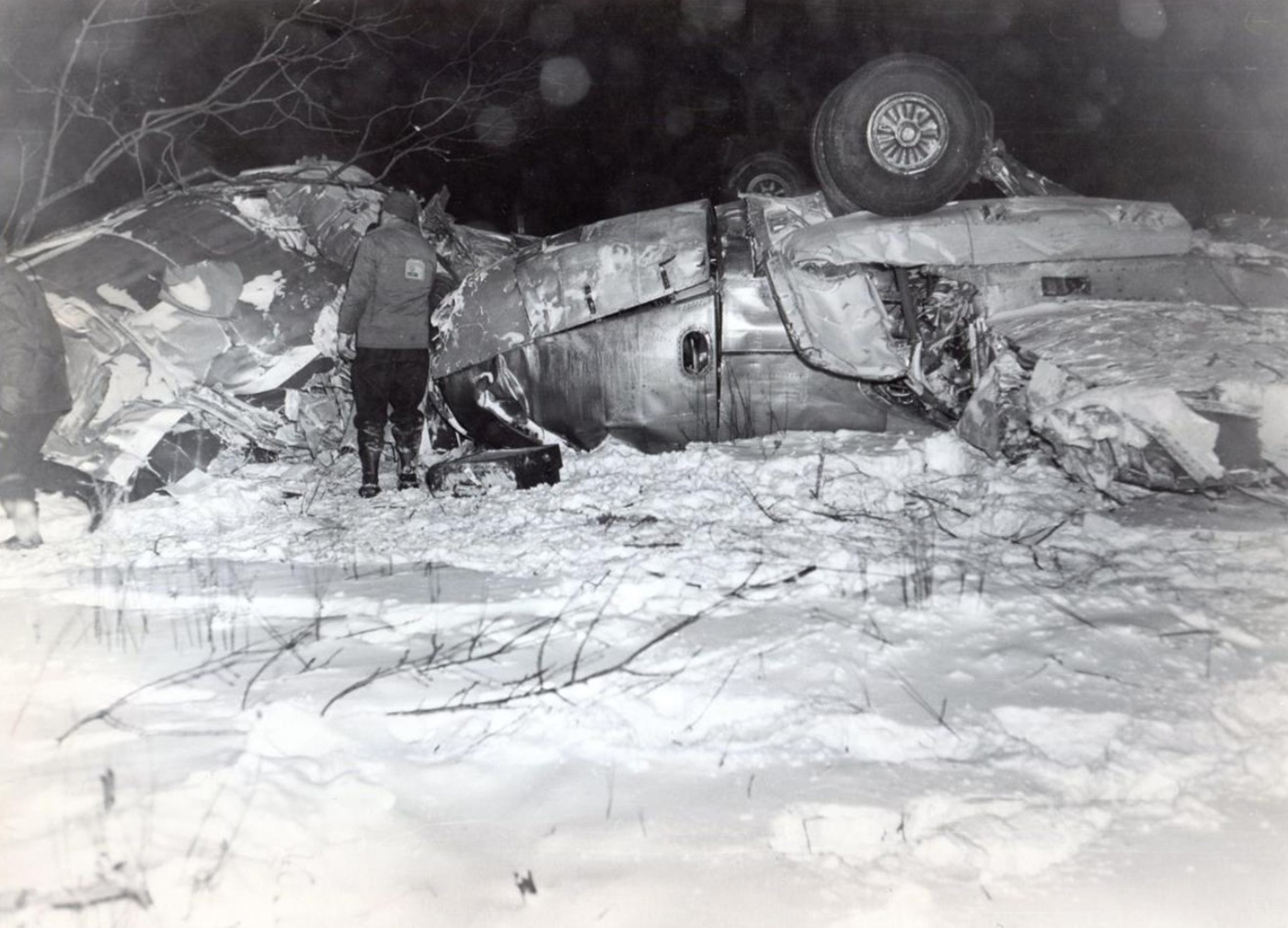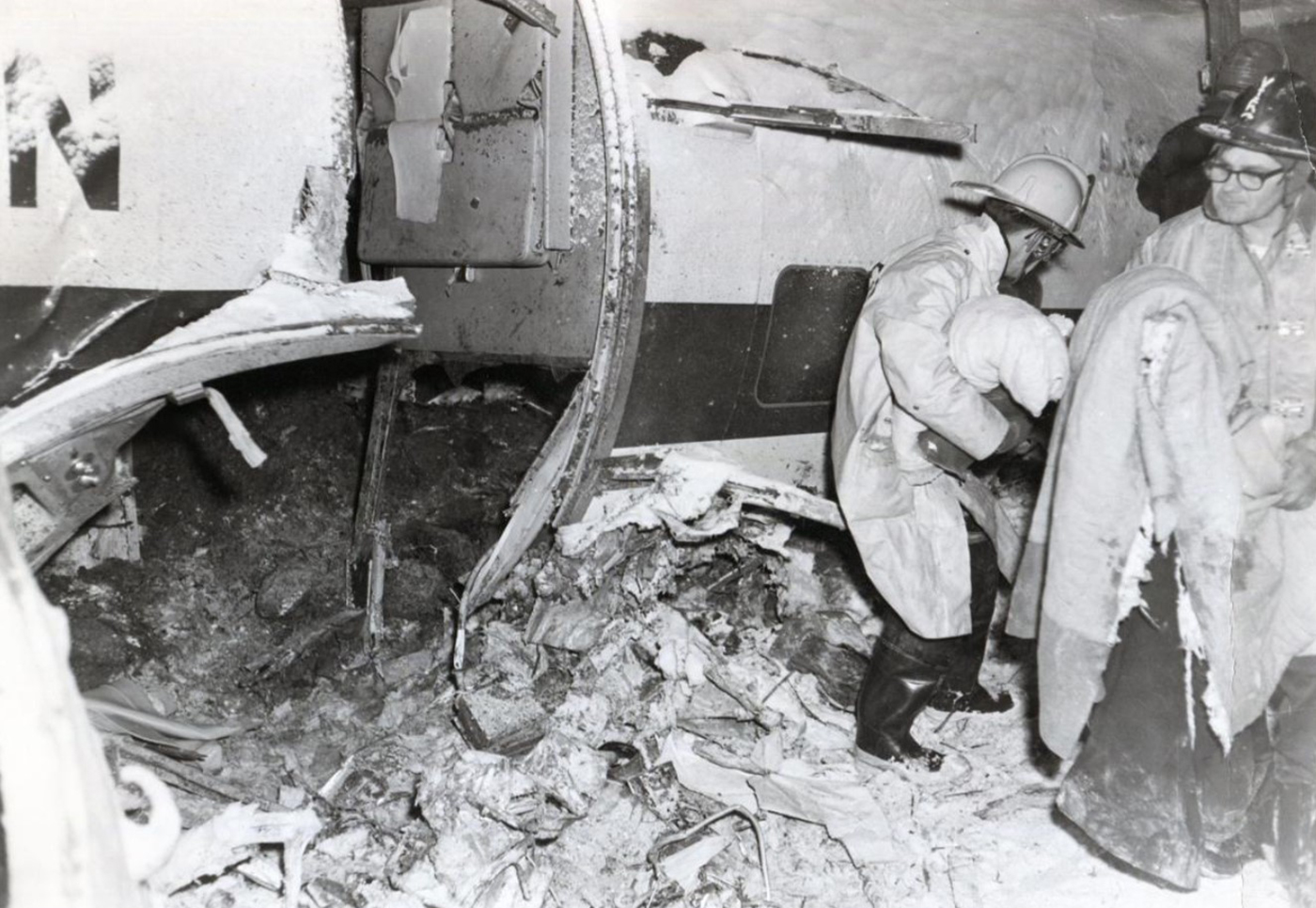Crash of a Cessna 207 Skywagon in Kerhonkson
Date & Time:
Nov 19, 1969 at 1940 LT
Registration:
N1529U
Survivors:
Yes
Schedule:
Kingston - Erie
MSN:
207-0129
YOM:
1969
Crew on board:
2
Crew fatalities:
Pax on board:
0
Pax fatalities:
Other fatalities:
Total fatalities:
0
Captain / Total hours on type:
200.00
Circumstances:
While cruising under VFR mode by night, the crew requested an IFR clearance to ATC. Awaiting for it, the crew became lost and disoriented when the airplane struck the slope of a mountain located near Kerhonkson. Both pilots were slightly injured and the aircraft was destroyed.
Probable cause:
Controlled flight into terrain caused by improper in-flight decisions or planning. The crew became lost and disoriented and the aircraft struck an unlighted mountain ridge 7 miles right of the intended course while awaiting IFR clearance.
Final Report:


